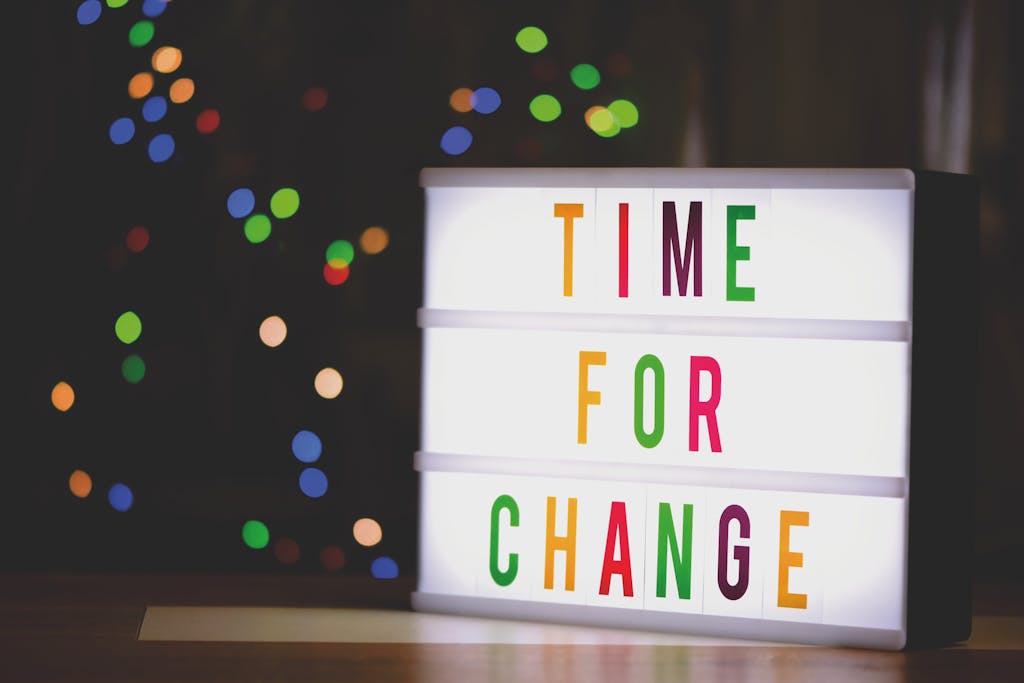If you do a quick Google search, you will discover a multitude of articles about improving self-discipline and becoming more Conscientious. Many individuals wish to work harder and become better organized to achieve their goals. It is not difficult to see why this desire for Conscientiousness exists. Higher Conscientiousness is generally associated with better job and academic performance, along with better health outcomes. Due to differences in both environment and genetics, individuals vary widely in their level of Conscientiousness. However, improvement of this trait is certainly possible. This article will explore what the research says about improving Conscientiousness. You will learn to what extent you can increase your level of Conscientiousness and which strategies are most effective in doing so.
Metacognitive Techniques
A crucial aspect of Conscientiousness is pursuing and achieving goals. A person high in Conscientiousness is goal oriented and skilled at both setting and striving for goals.1 There are two techniques that can improve one’s ability to pursue and achieve goals. One of these is called “Implementation Intentions”. An Implementation Intention is the act of coming up with a concrete “if then” plan which specifies how a person will act in the furtherance of a goal.2 For example, let’s say you are trying to be more active. You can come up with the following intention: “If I am at work, I will use the stairs and not the elevator.” The key to this technique is to commit to a specific action in response to a cue or scenario.

As another example, let’s say you wish to reduce your stress levels when dealing with intense situations. You could create the following intention: “If I notice I am feeling anxious, I will take 5 deep breaths”. According to a 2006 meta-analysis containing findings from 94 studies involving over 8000 participants, Implementation Intentions had a moderate to large effect on goal attainment (Cohen’s d = 0.65).3 Another meta-analysis in 2013 found a small to medium effect size on physical activity intentions (g = 0.31).4
A second technique which can be combined with Implementation Intentions is called Mental Contrasting. Mental Contrasting is when one thinks about the potential obstacles that could impede the realization of one’s goal. For example, the temptation to grab a donut at the coffee shop on your way home from work could impede your goal to eat more healthy. One could combine Mental Contrasting with Implementation Intentions in this example by intending the following: “If I am walking home from work, I will take a different route away from the coffee shop.” In a more recent 2021 meta-analysis of Mental Contrasting combined with Implementation Intentions, these techniques had a small to moderate effect size on goal attainment (g = 0.336).5

Do not Rely on “Willpower”
Willpower can be defined as the resistance of a short term reward or temptation in favor of a long term reward. This conflict of desires can be painful and reduce the likelihood of one achieving their long term goals. While the exercise of Willpower may be necessary in some situations, research has shown that people high in Conscientiousness and self-control use Willpower less often than those with low self-control.6 Instead of relying on Willpower, people high in Conscientiousness experience less conflict with their long term goals. They pursue goals that they truly want rather than what they feel they “have to” pursue. In addition, these people tend to make plans that prevent temptations from arising in the first place. Instead of using Willpower, they will effectively develop strategies to deal with anticipated conflicts and temptations before they arise.7
If you wish to increase your Conscientiousness, you must anticipate when you are tempted with a short term reward which conflicts with your long term goal. You should then formulate an action plan to avoid the conflict entirely. This is where you can utilize Implementation Intentions and Mental Contrasting to your advantage. For example, let’s say you use your phone as a morning alarm. If you know you have trouble getting out of bed due to wanting to sleep/scroll on your phone, you could place the phone in an area of the room that is only accessible by you getting out of bed. You avoid the temptation of hitting snooze or scrolling since you are forced to stand up and walk to another area of the room. Strategies such as these can help you avoid relying on Willpower and enable you to behave more Conscientiously.
If you are curious as to how high you score in Conscientiousness, you can take our Big Five Personality Test to find out. If you enjoyed this article, feel free to share and visit TraitMash again for future content.
- Javaras, K. N., Williams, M., & Baskin-Sommers, A. R. (2019). Psychological interventions potentially useful for increasing conscientiousness. Personality Disorders: Theory, Research, and Treatment, 10(1), 13–24. https://doi.org/10.1037/per0000267 ↩︎
- Gollwitzer, P. M., and Sheeran, P. (2006). Implementation intentions and goal achievement: a meta-analysis of effects and processes. Adv. Exp. Soc. Psychol. 38, 69–119. doi: 10.1016/S0065-2601(06)38002-1 ↩︎
- Ibid. ↩︎
- Bélanger-Gravel, A., Godin, G., & Amireault, S. (2013). A meta-analytic review of the effect of implementation intentions on physical activity. Health Psychology Review, 7(1), 23–54. https://doi.org/10.1080/17437199.2011.560095 ↩︎
- Wang G, Wang Y and Gai X (2021) A Meta-Analysis of the Effects of Mental Contrasting With Implementation Intentions on Goal Attainment. Front. Psychol. 12:565202. doi: 10.3389/fpsyg.2021.565202 ↩︎
- Inzlicht M, Friese M. Willpower is overrated. Behav Brain Sci. 2021 Apr 26;44:e42. doi: 10.1017/S0140525X20000795. PMID: 33904388. ↩︎
- Ibid. ↩︎


